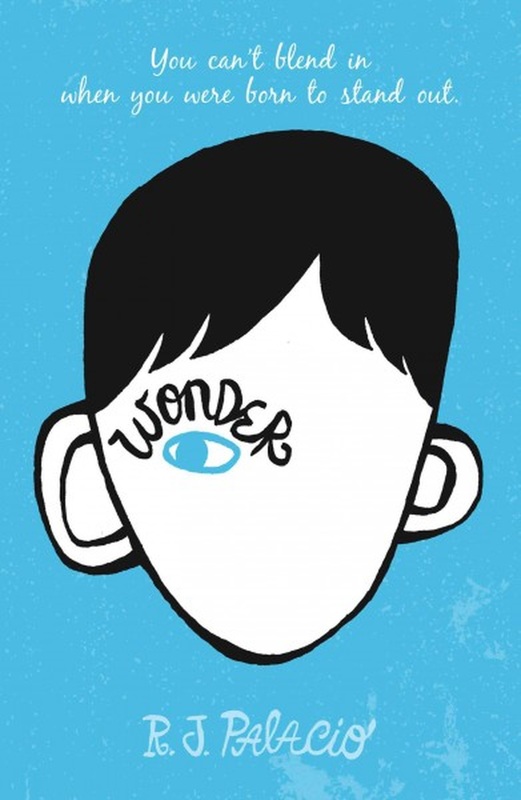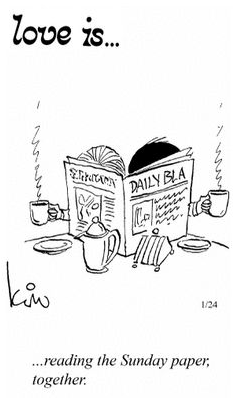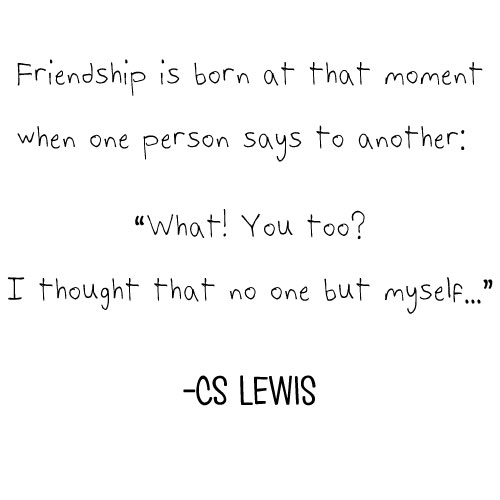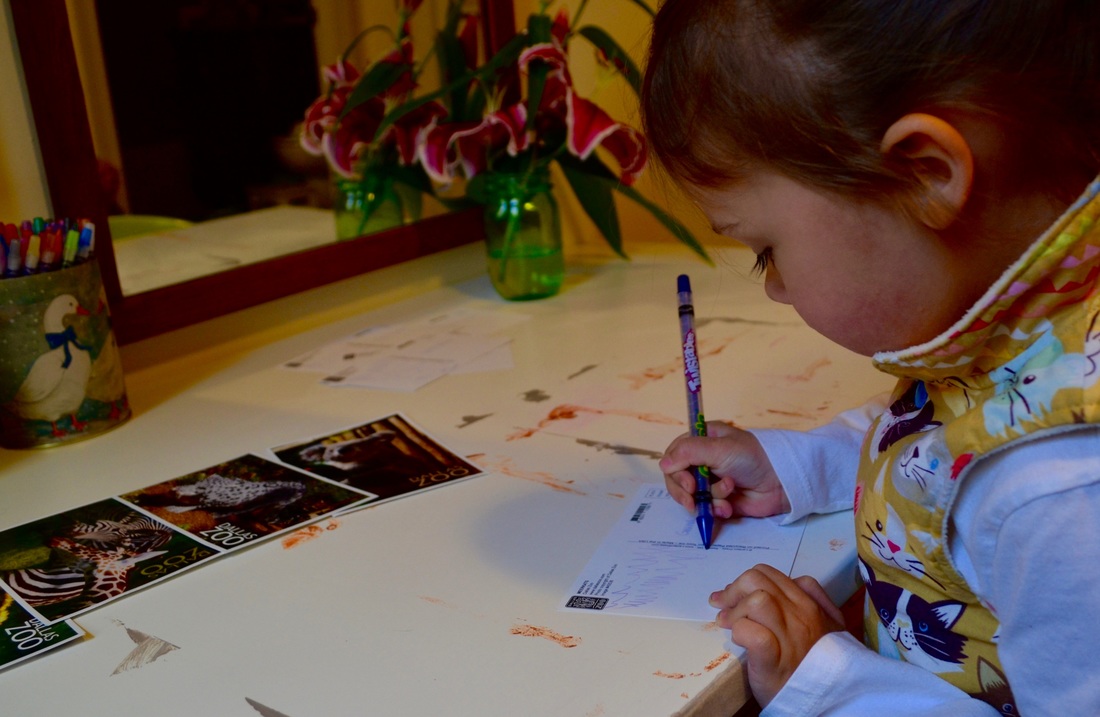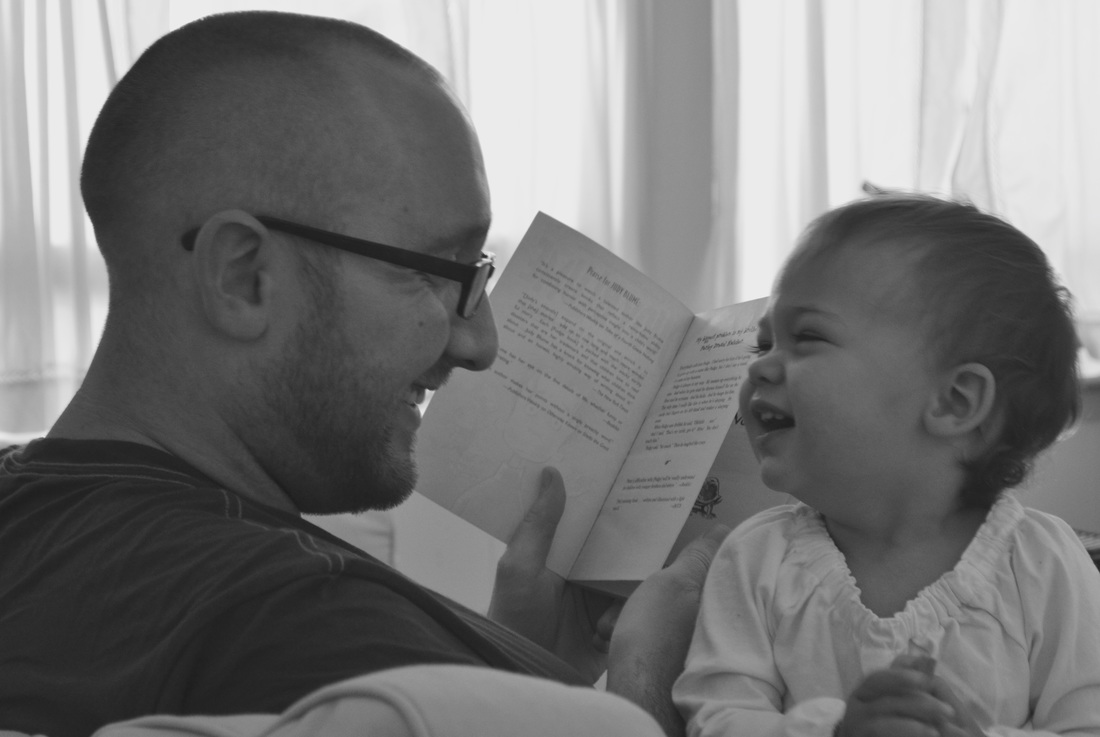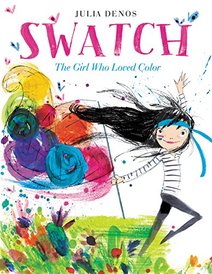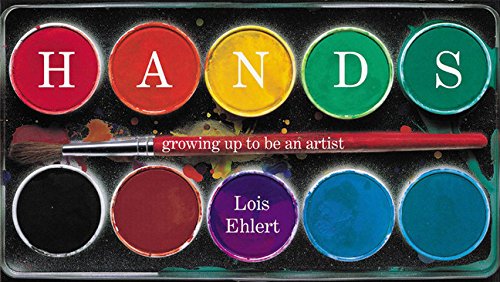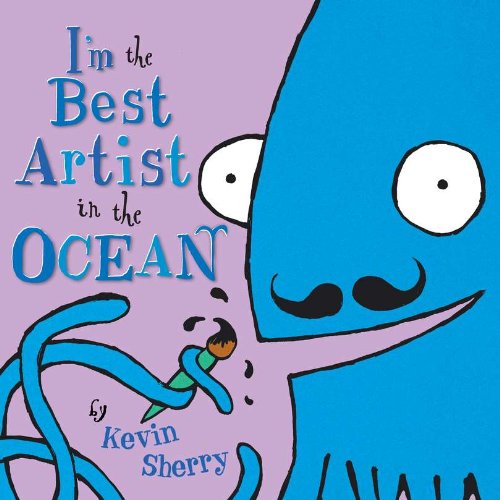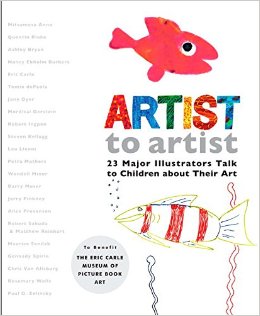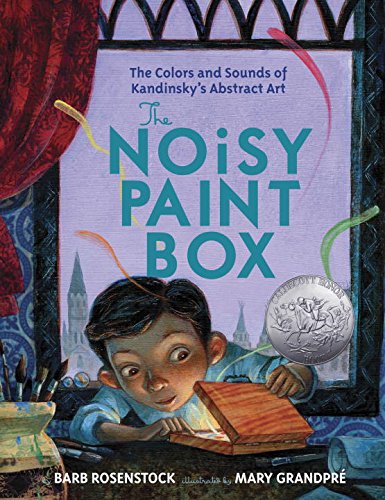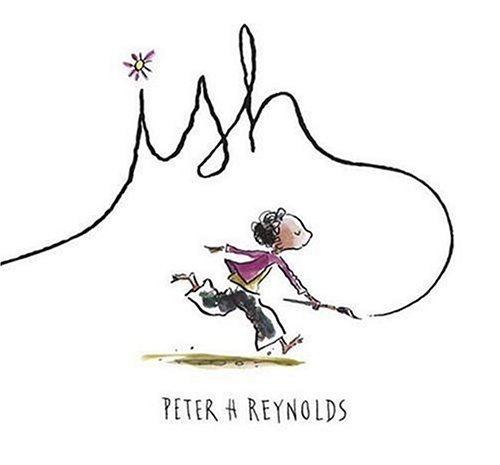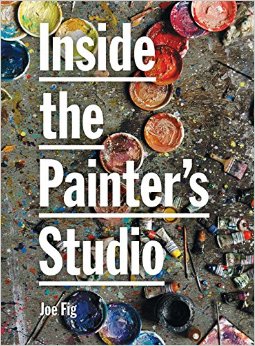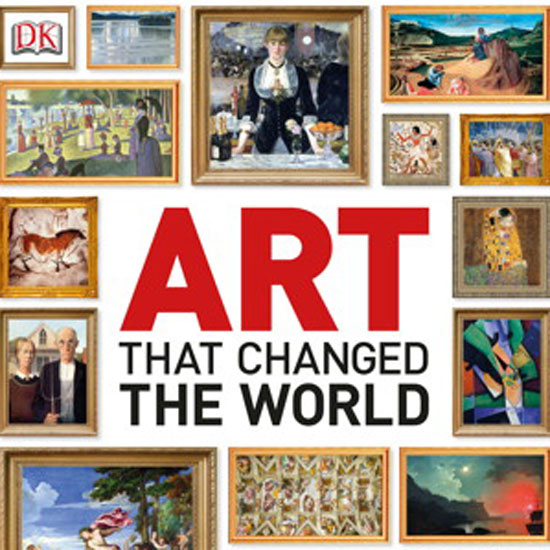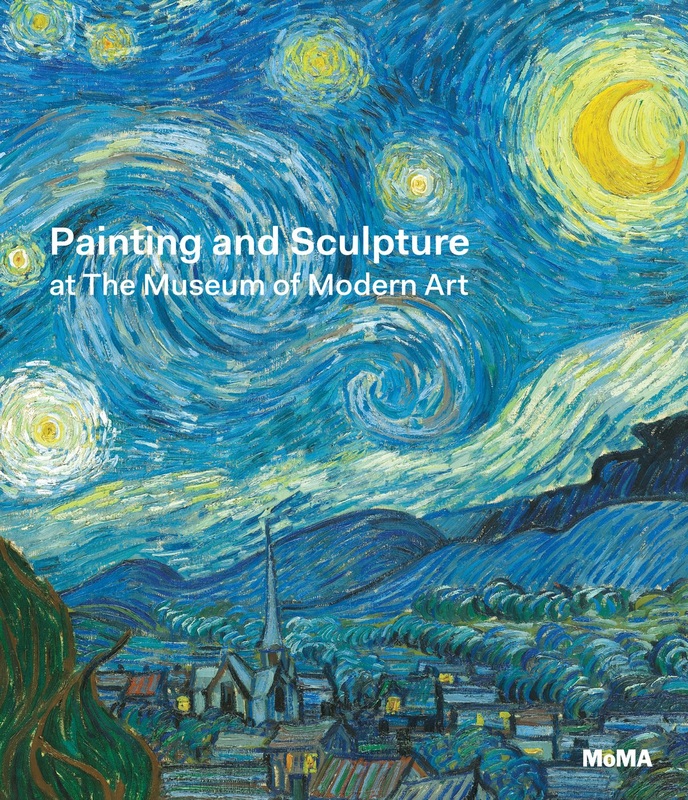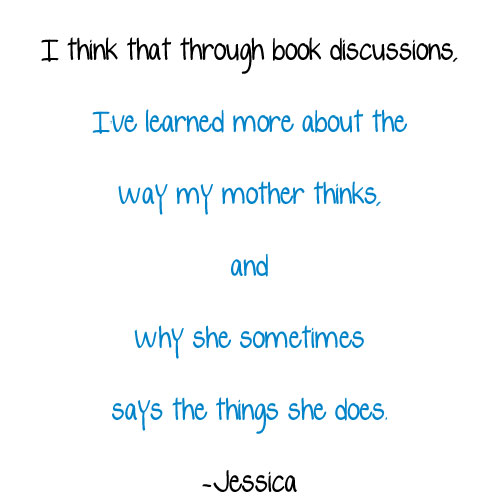What to do with this playlist
I can think of a few ways to use this playlist (including looking at the lyrics of the songs, watching the music videos, discussing the artists themselves and how they have been ostracized, AND great) but one of the easier ways is to give the book + make a playlist on a thumb drive and put it together as a gift.
|
This book is all over upper elementary and upper middle school summer lists.
And, with good reason. It's a great book of coming of age, making good decisions, changing your own behavior, making mistakes, apologizing for them and being a friend. For adults, it's a reminder on how to treat others who are different than we are and to always be aware of our own reactions. This book also includes great hints at songs - in essence, it creates a playlist for you to listen to while reading. Awesome! Wonder playlist, via iTunes:
|
Enjoy!

